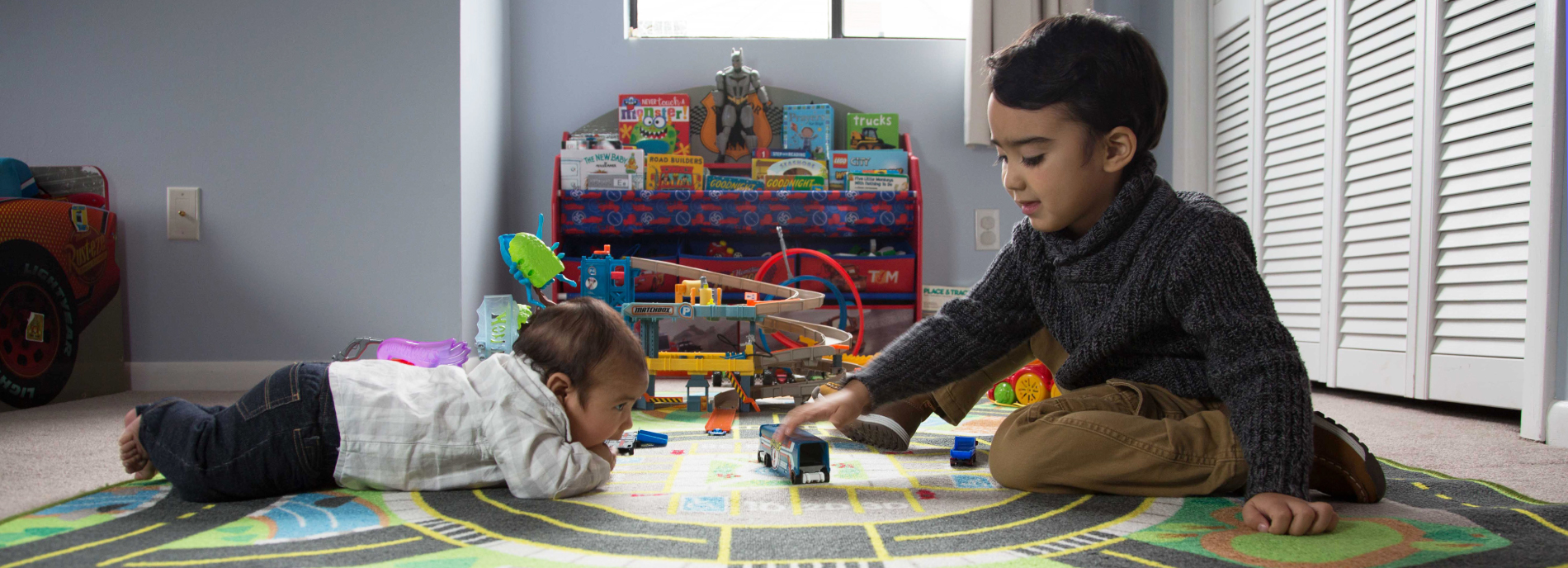
How pregnancy may shape a child’s autism
Autism is predominantly genetic in origin, but a growing list of prenatal exposures for mother and baby may sway the odds.
E
ven after her first child, Shane, was diagnosed with autism last year at the age of 2, Melissa Patao knew she wanted a bigger family. She was aware that any other children she had would have high odds of being diagnosed with the condition — estimates suggest that about 20 percent of siblings of autistic children also receive a diagnosis — but she was more than willing to take the chance. “I just adore Shane so much; he’s my world,” she says. In August, Patao gave birth to her second son, Zayden.If it turns out that Zayden is also on the spectrum, “so be it,” Patao says. But all through her pregnancy, she wondered ‘what if?’ She found herself poring over research studies in an attempt to understand his odds of having autism and what might influence them.
Patao, who is training to become a pediatric nurse practitioner, found no shortage of reading material: Last year alone, scientists published more than 100 papers on events during pregnancy that can influence a child’s odds of having autism. Genes determine about 50 to 95 percent of that risk. But that means that “there’s more to the story than just that genetic predisposition,” says Daniele Fallin, a genetic epidemiologist at Johns Hopkins University in Baltimore. Environmental contributions must also factor in.
The baby’s earliest environment — the womb — is critical: Because the fetal brain produces about 250,000 neurons every minute during pregnancy, experiences that interfere with that process can affect the developing brain in lasting ways. Studies have linked autism to a number of factors in pregnancy, among them the mother’s diet, the medicines she takes and her mental, immune and metabolic conditions, including preeclampsia (a form of high blood pressure) and gestational diabetes. Other preliminary work has implicated the quality of the air she breathes and the pesticides she is exposed to. And some research suggests that birth complications and birth timing may also play a role.
The relationship between many of these factors and autism is still speculative. “That question of causality, it’s a burden that is very difficult to fulfill,” says Brian Lee, an epidemiologist at Drexel University in Philadelphia. This is generally true of research into environmental exposures, and particularly so for studies in pregnant women: Researchers cannot ethically expose pregnant women to possible risks; observational studies can only identify correlations, not causes; and the results of animal studies do not always extrapolate to people.
But researchers are starting to uncover biological threads that tie some of these prenatal exposures together. Many affect common biochemical pathways previously implicated in autism, such as those involving inflammation and aberrant immunity in both mother and baby. Each may only “contribute a little bit of risk here and there,” Lee says, but it is crucial to try to understand how all the pieces add up.
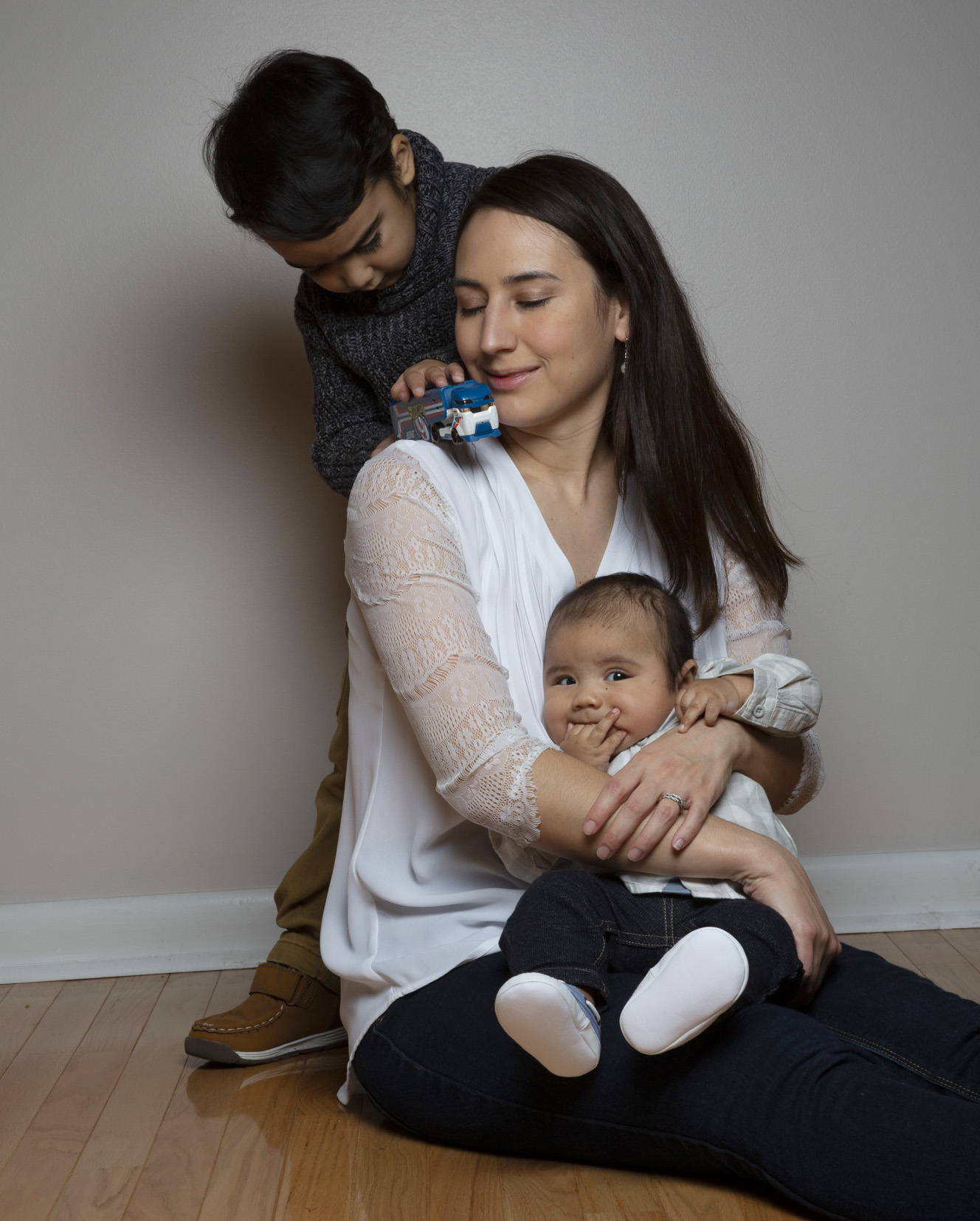
Inside the womb:
A
utism has been tied to events throughout pregnancy, including the first few days after conception. Even before a tiny human blastocyst attaches itself to the nutrient-rich lining of its mother’s uterus, factors that will shape its nervous system are already in play. In the days immediately following conception, genes that govern brain wiring are turned on and off in a process that requires folate, or vitamin B9. Folate may be important for the building of fundamental brain structures later on, too.If a mother’s diet is deficient in folate, these processes can go awry, increasing the risk for neural defects, such as spina bifida and possibly autism. In a 2013 study, Norwegian researchers followed more than 85,000 women from 18 weeks into their pregnancies until an average of about six years after delivery, collecting information that included whether and when the women took supplements of folic acid, the synthetic form of folate, as well as the health of their children. Those who took supplements, especially between four weeks before and eight weeks after conception, were about 40 percent less likely to have children diagnosed with autism than those who did not take the supplements. Other studies have linked vitamin D deficiency in pregnant women with autism in their children, but the implications are unclear.
How strongly a blastocyst attaches to the mother’s uterine wall after fertilization can affect its access to folic acid and other nutrients. A strong attachment ensures that the embryo connects with the mother’s blood vessels and remodels them to supply it with nutrients and oxygen throughout pregnancy, says Cheryl Walker, an obstetrician-gynecologist at the University of California, Davis. By contrast, a shallow implantation can lead to fetal growth restriction and low birth weight, both of which are linked to autism.
A shallow attachment can also lead to preeclampsia in the mother. Children with autism are twice as likely as typical children to have been exposed to preeclampsia, according to a 2015 study. In a woman with preeclampsia, blood vessels in the placenta “don’t dilate as well, and they don’t end up giving as many resources to that baby,” says Walker, who was involved in the study. As a result, the fetal brain may be starved of nutrients it needs to grow properly.
The fetus’ immune system can also interfere with its brain development. Certain molecules, called cytokines, that control the migration of cells in the immune system are also crucial for neurons and immune cells to get to their correct locations in the nervous system. “The two systems talk to each other in ways that we didn’t realize they did,” says Judy Van de Water, a neuroimmunologist at the University of California, Davis.
Infections during pregnancy may scramble this signaling. A successful pregnancy involves an intricate immune dance: A woman’s immunity has to tamp down so that it does not attack the fetus as a foreign invader but also remain vigilant enough to ward off harmful infections. Even when that goes to plan, though, serious infections can ramp up her immune response, to the detriment of her child. For example, a 1977 study found a surprisingly high prevalence of autism — 1 in 13 — among children born to mothers who were infected with rubella during pregnancy. And a 2015 study that followed more than 2.3 million children born in Sweden from 1984 to 2007 reported that women who are hospitalized for infections during pregnancy have about a 30 percent increase in the odds of having a child with autism compared with other pregnant women.
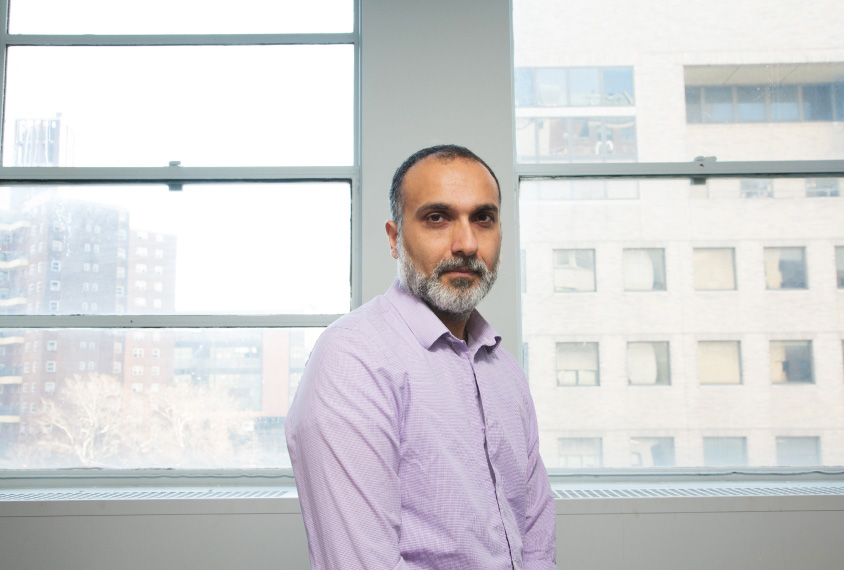
That risk may be mediated at least in part by inflammation and disrupted immune signaling in the mother. A 2013 study of 1.2 million Finnish births found that women with the highest levels of C-reactive protein, a common inflammation marker, in their blood are 80 percent more likely to have children diagnosed with autism than women with the lowest levels. Last year, Van de Water and her colleagues reported that women who went on to have autistic children with intellectual disability had elevated blood levels of certain cytokines halfway through gestation.
Some cytokines seem to be particularly important in mediating autism risk. In mice, immune activation contributes to autism only when a subset of immune cells, called T-helper 17 cells, release a cytokine called interleukin 17. In mice without these cells, inflammation during pregnancy does not seem to lead to autism. T-helper 17 cells are produced in response to specific gut bacteria, raising the possibility that pregnant women with these bacteria are especially susceptible to the kind of inflammation that contributes to autism. Eliminating those specific bacteria from pregnant women’s guts might lower the odds of autism in their children — a possibility researchers are investigating.
Obesity, diabetes before and during pregnancy, stress and autoimmune conditions in the mother have been associated with autism in her child, too: All either induce inflammation or impair immune signaling in other ways. These pieces of evidence, taken together, are called the ‘maternal immune activation hypothesis.’ A meta-analysis of 32 papers published earlier this year found that women who are obese or overweight before pregnancy are 36 percent more likely than women at a healthy weight to have children later diagnosed with autism.
Van de Water’s work has shown that some autoimmune reactions can even directly damage the fetal brain. (During pregnancy, a woman’s antibodies can cross the placenta and even cross the fetal blood-brain barrier.) In 2013, Van de Water’s team reported that 23 percent of mothers of autistic children carry antibodies to fetal brain proteins, compared with 1 percent of mothers of typical children. No one knows why these women might have these antibodies — it’s “the $50 million question,” Van de Water says — but researchers posit they may be yet another byproduct of a maternal immune system gone haywire. Factors outside the mother’s body can also wield powerful effects.
”“We’re starting to put things together that we never, ever thought to look at in combination.” Judy Van de Water
Outside the womb:
M
Arora is many things: a dentist, a scientist and a father to 6-year-old triplets. He is soft-spoken and often speaks in metaphors. In his professional life, he strives to understand how chemical exposures early in life affect brain development, a passion shaped by his childhood growing up on the border of Zambia and what is now Zimbabwe. He remembers trucks spraying pesticides such as DDT on the ground — and sometimes also on children playing outside — to control malaria, a practice that he continued to think about as he got older because of its potential harm.
As Arora knows from his dentistry work, baby teeth provide a record of a body’s chemical exposures. Teeth, he explains, are like trees: As they grow, they create rings — about one-tenth the diameter of a human hair — that record the chemicals and metals they encounter. These growth rings begin to form at the end of the first trimester of gestation and continue throughout life. “Today, you and me are forming a growth ring and it’s capturing everything that we’re exposed to,” he says. By studying the growth rings of discarded baby teeth, he and his colleagues can analyze what fetuses were exposed to in utero. The stress of birth creates a dark mark that can be used as a reference point.
In May, Arora and his colleagues reported an analysis of baby teeth collected from 193 children, including 32 sets of twins in which one twin is autistic and the other is not. The team analyzed the children’s tooth growth rings using a highly sensitive form of mass spectrometry. The levels of metals such as zinc and copper typically cycle together in a pattern — both metals help to regulate neuronal firing — but in autistic children, the cycles are shorter, less regular and less complex than in controls. Arora’s team created an algorithm based on these group differences that can predict a child’s autism with more than 90 percent accuracy.
Arora’s work is part of a growing field that is attempting to decipher what kinds of environmental exposures increase the odds of autism and how they interact with human biology and genetics. These are tough questions to answer. Researchers cannot easily collect blood or saliva samples from fetuses to see what’s circulating through them. Instead, they try to discern fetal exposures by using the mother’s environment as a proxy. If a pregnant woman takes a particular medication, for instance, researchers can extrapolate that the fetus, too, was exposed.
So far, though, results have been mixed. Studies suggest that autism is associated with thalidomide, a drug prescribed for morning sickness in the 1950s and 1960s and later found to cause serious birth defects. Valproate, a drug used to treat epilepsy, bipolar disorder and migraines, is also linked to autism when taken during pregnancy. But for other common drugs, such as antidepressants, an association with autism is harder to discern.
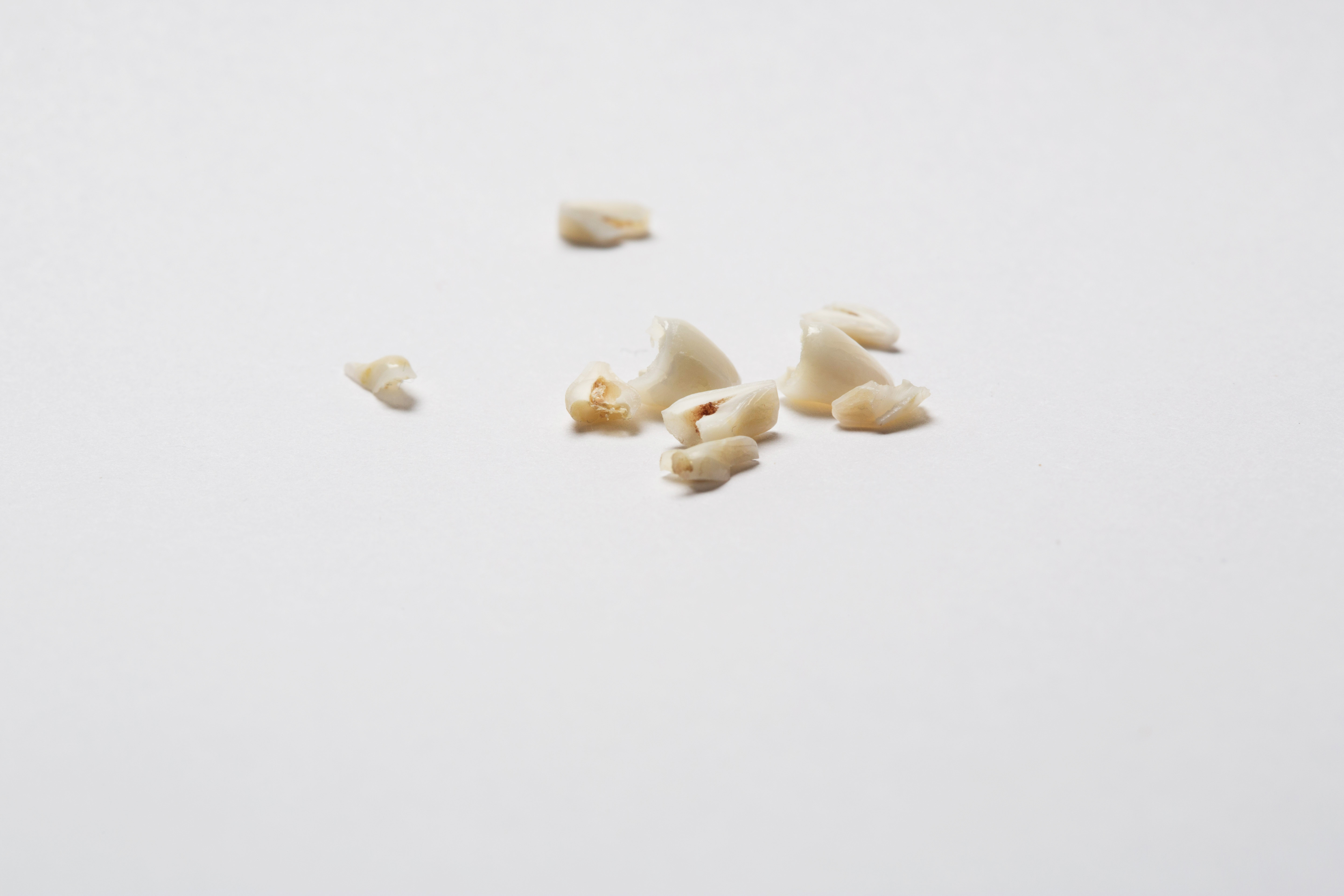
Part of the problem is that women take antidepressants for underlying mental-health conditions — so if an association is found, it is often unclear whether the root cause is her medication or her genetics. “It’s very difficult to disentangle,” says Hilary Brown, an epidemiologist at the University of Toronto Scarborough in Canada. Last year, through a clever study design, she and her colleagues inched a bit closer to the truth. They studied sibling pairs in which one sibling had been exposed to antidepressants in utero and the other had not, allowing them to control for the severity of the mother’s depression, among other factors. They reported that the siblings exposed to antidepressants were no more likely to have autism than their unexposed siblings. The results suggest that the medications themselves do not increase autism risk.
Some research has also linked the use of acetaminophen (commonly marketed as Tylenol) during pregnancy to autism. But again, it is unclear whether it is acetaminophen that is the problem, or the underlying reason for its use — pain or an infection, leading back to the maternal immune activation hypothesis.
Air pollution might also be linked to autism risk, but the details are hazy. At least 14 studies have suggested an association with autism, and air pollution is known to trigger inflammation, but analyses of individual airborne chemicals have been inconsistent. Researchers are also confused by the fact that cigarette smoking, which contains many of the same chemicals as air pollution, is not associated with the condition.
Certain pesticides, such as chlorpyrifos, can disrupt sex-hormone pathways implicated in animal models of autism. But again, studies linking pesticides to autism have been mixed, and questions about causation are unresolved. More answers may emerge, however, as researchers uncover new ways to study interactions between fetuses and the outside world. In addition to Arora’s work on baby teeth, researchers are investigating what kinds of chemical stories meconium, a newborn’s first feces, can tell.
”“If it’s a difficult birth … then that increases the risk of autism dramatically.” Sam Wang
Birth and beyond:
P
rinceton University neuroscientist Sam Wang has long been interested in autism’s potential environmental causes, but he says he finds the research intimidating. “It’s like the sands of the seas,” he says. “It’s this enormous literature, and people who work in it have all these different perspectives.”Several years ago, in an attempt to bring clarity to the issue, Wang perused about 100 studies and then ranked dozens of associations between autism and both genetic and environmental factors by their relative risk ratios. He described his findings in a 2014 op-ed in The New York Times.
What came out on top in Wang’s analysis of environmental factors was birth — in particular, rare birth injuries to the cerebellum, a brain region that coordinates muscle movements, among other functions. “If it’s a difficult birth, or there’s a bleed on the cerebellum, then that increases the risk of autism dramatically,” by a whopping 3,800 percent, he says. “It’s bigger than any other risk factor, other than sharing your entire genome with a person with autism.” Wang’s research supports the link, too: He has shown that mice with early damage to the cerebellum later have serious cognitive and behavioral problems that mimic autism traits.
The timing of birth also made Wang’s list: Babies born at least nine weeks premature seem to have higher odds of autism, he found.
When Noelle Mathias found out she was pregnant with her eldest daughter, Elena, in 2008, she took good care of herself. Mathias exercised, ate well and didn’t drink alcohol or smoke. “As far as I knew, it was a normal pregnancy,” she recalls. But her water broke early at 36 weeks and Elena was born less than 24 hours later. When Elena was 2, Mathias and her husband noticed she wasn’t responding to her name. They had Elena evaluated and, soon after, the girl was diagnosed with autism.
It’s impossible to know whether Elena’s preterm birth played a causal role in her diagnosis. Is being born early itself the issue, or might an underlying genetic susceptibility or environmental insult increase the odds of both preterm birth and autism?
Mathias’ second pregnancy was full term, and her daughter Elisa, now 8, is developmentally typical. But in Mathias’ third pregnancy, her water broke at only 25 weeks and she spent 53 days in the hospital on bed rest, hoping to delay birth as long as possible. Her son Emmanuel held out until 33 weeks and then spent time in the neonatal intensive care unit. He’s 2 now and seems to be developing typically.
Mathias has no idea why her first child has had a different outcome from the others. Parsing the risk for any one child is complicated by the fact that autism “isn’t just a ‘you have it or you don’t’ condition — it’s this wide phenotypic spectrum,” says Kristen Lyall, an epidemiologist at Drexel University’s A.J. Drexel Autism Institute. Perhaps some environmental factors preferentially influence social skills, whereas others primarily shape cognitive development, for instance.
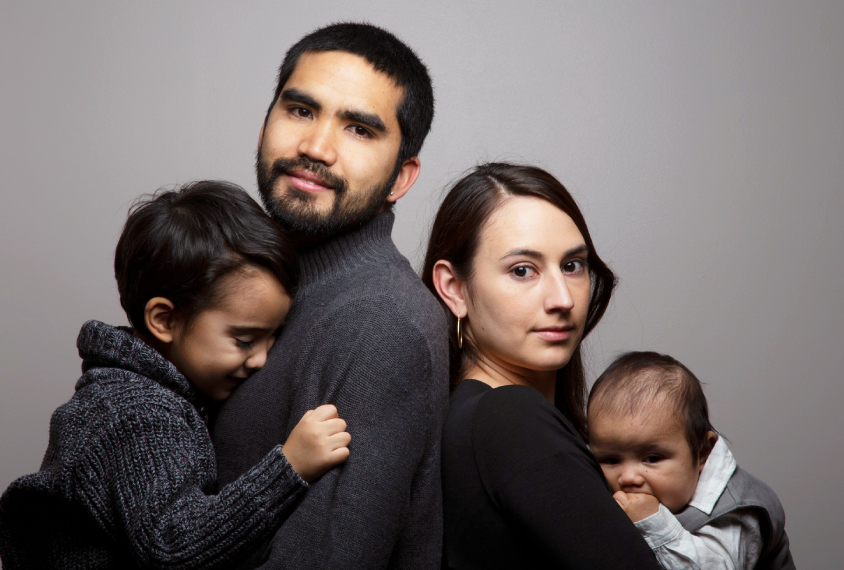
It may also be that certain combinations of factors — several environmental exposures in a row, perhaps, or a particular exposure along with a genetic susceptibility — are necessary to tilt a child’s brain development toward autism. A 2016 study, for example, found that in mice, maternal infection can modulate the effects of genes linked to autism, including CNTNAP2. “We’re starting to put things together that we never, ever thought to look at in combination,” Van de Water says. “You’ve got people working together that never would’ve necessarily crossed paths.” As part of those efforts, researchers are looking for fetal and infant biomarkers of autism, such as irregular cytokine profiles, anti-fetal antibodies and markers of oxidative stress, which might open the door to earlier and more effective interventions.
Because Zayden has an older brother with autism, Melissa Patao was able to enroll him in a ‘baby sibling’ study at the Yale Child Study Center. Researchers there followed Patao’s pregnancy with Zayden and plan to continue to track his development into toddlerhood. For now, Zayden is doing everything a 3-month-old usually does: He is smiling and interacting with his family, and he recently started laughing. His brother Shane is also doing well — he is engaging in pretend play and his language skills, which are only slightly delayed, are continually improving.
Patao welcomes the fact that Zayden will be monitored so closely. She and her husband will know if he shows autism traits early, and he will have access to recommended interventions at the youngest possible age, when they are known to have the largest impact. “Being part of this study was something so meaningful for me,” Patao says. “It totally took away the overwhelming anxiety of wondering, ‘what if?’”
Syndication
This article was republished in The Atlantic.
Recommended reading

Split gene therapy delivers promise in mice modeling Dravet syndrome

Changes in autism scores across childhood differ between girls and boys

PTEN problems underscore autism connection to excess brain fluid
Explore more from The Transmitter

U.S. human data repositories ‘under review’ for gender identity descriptors
